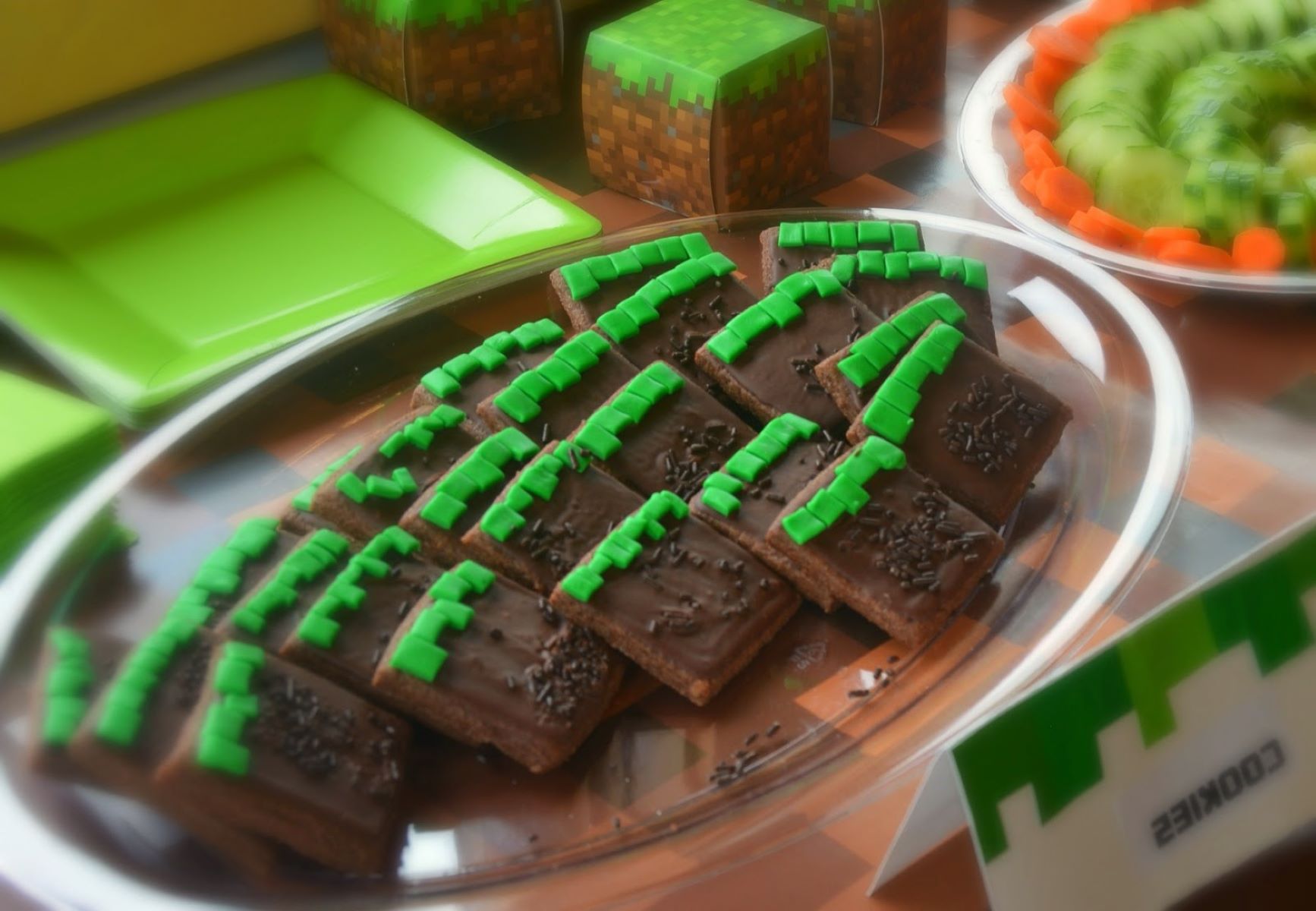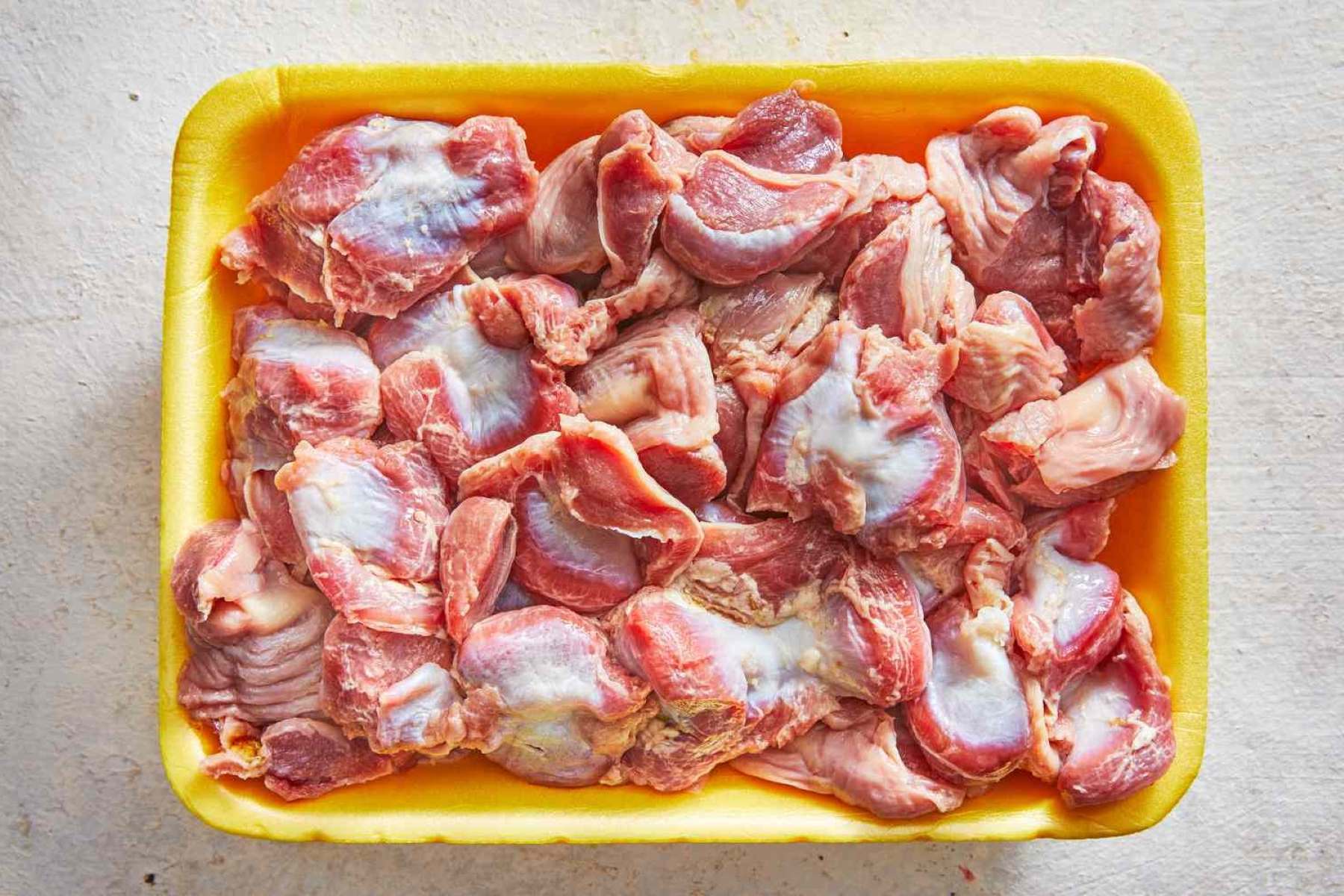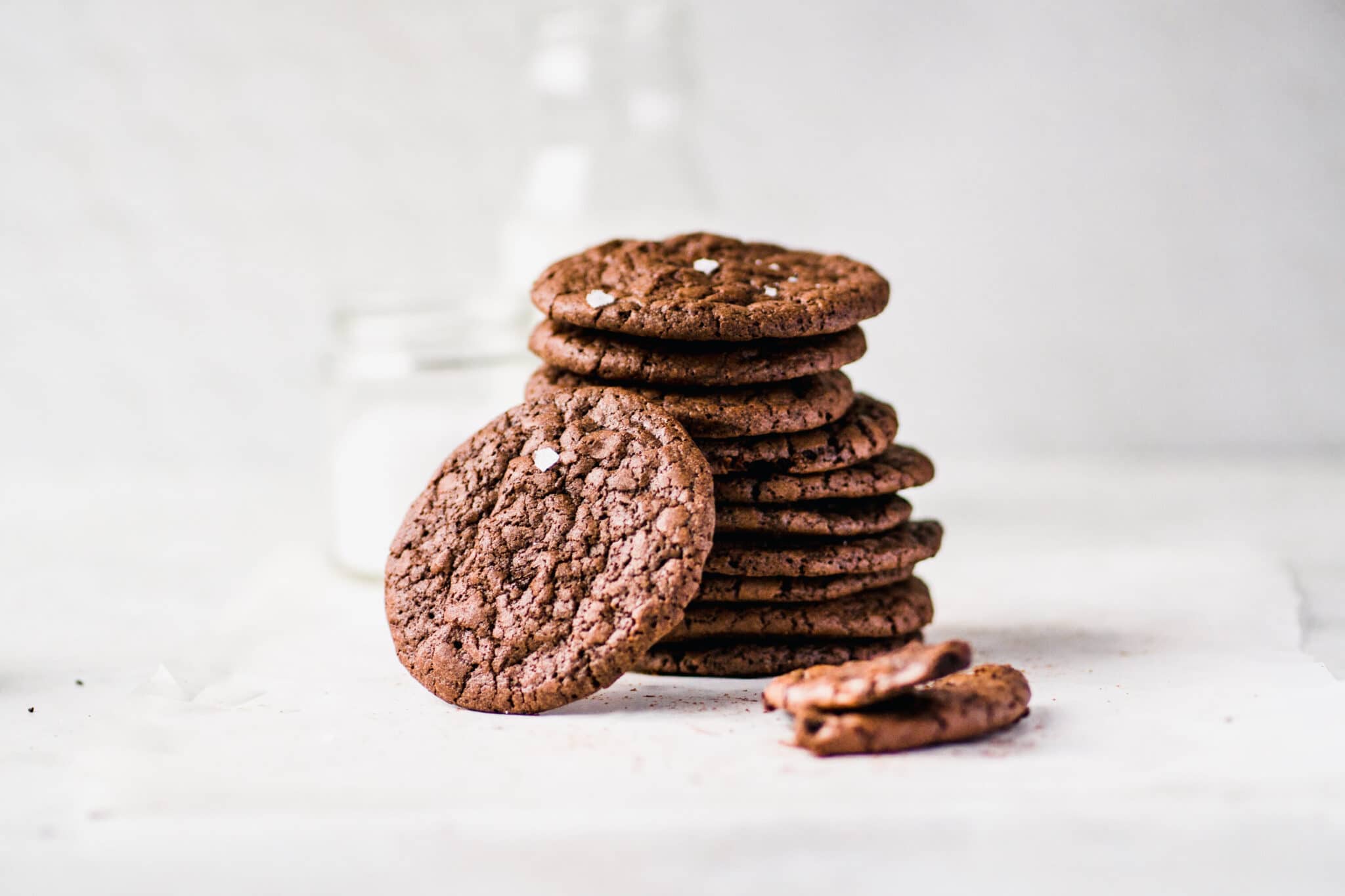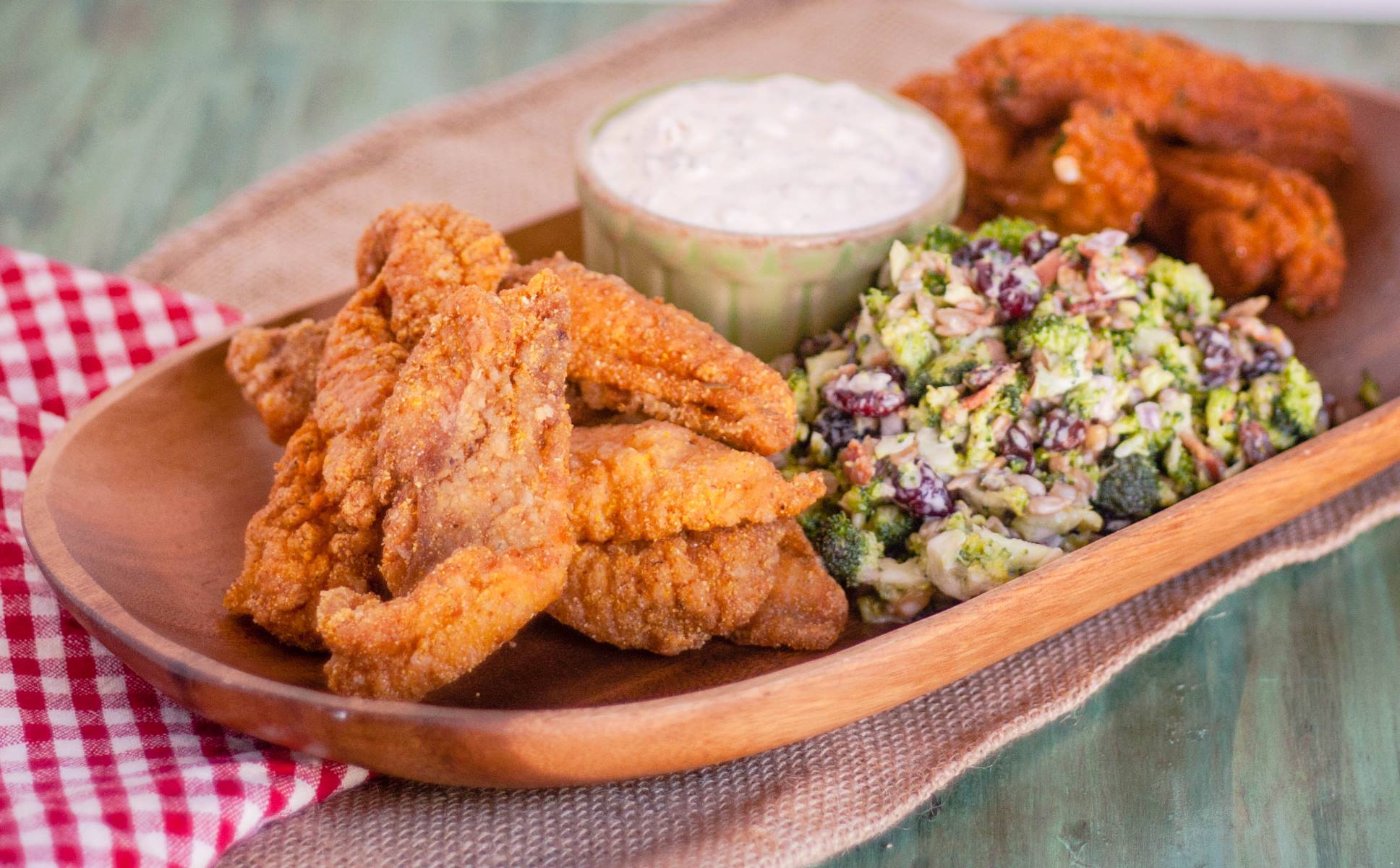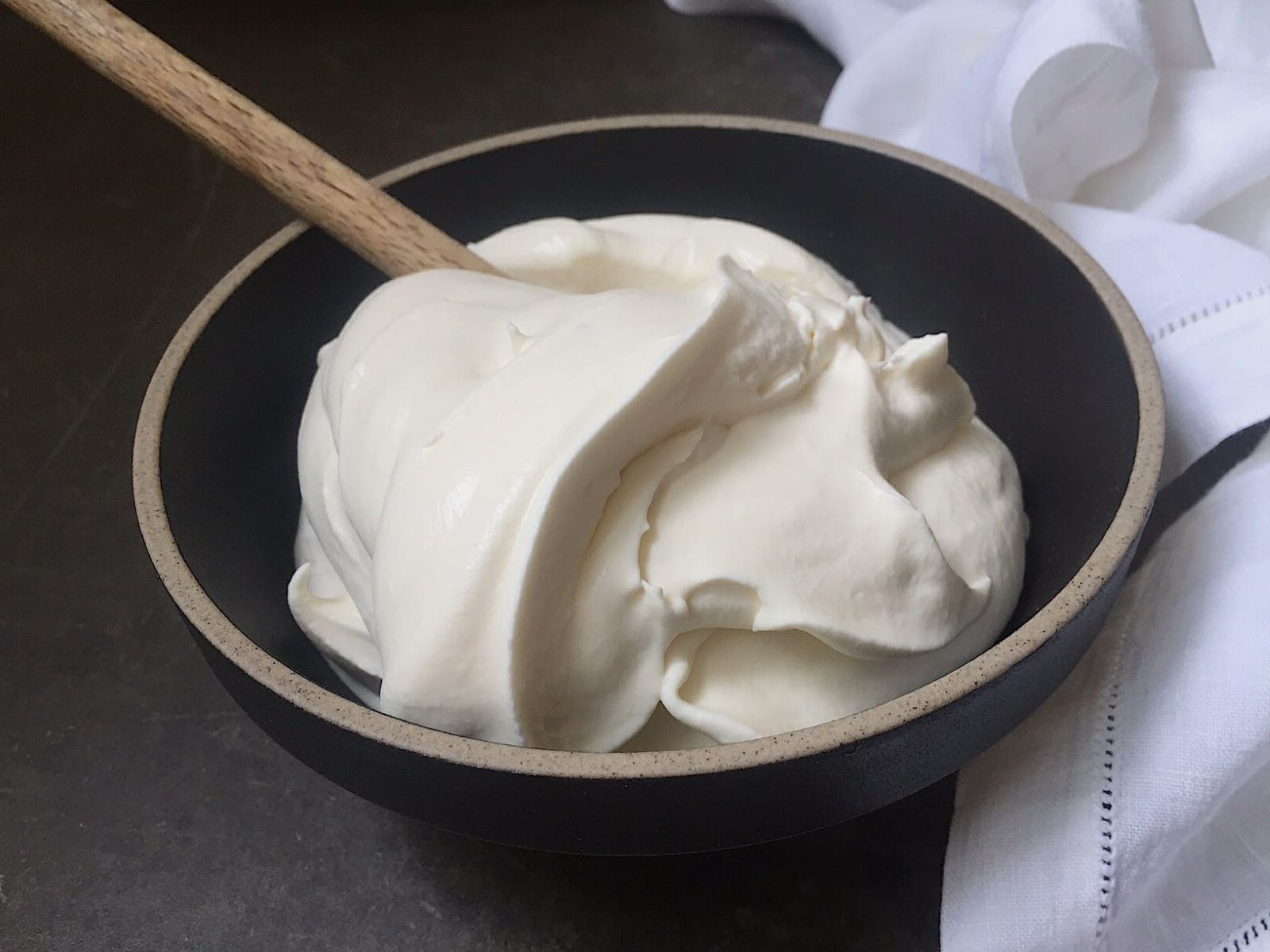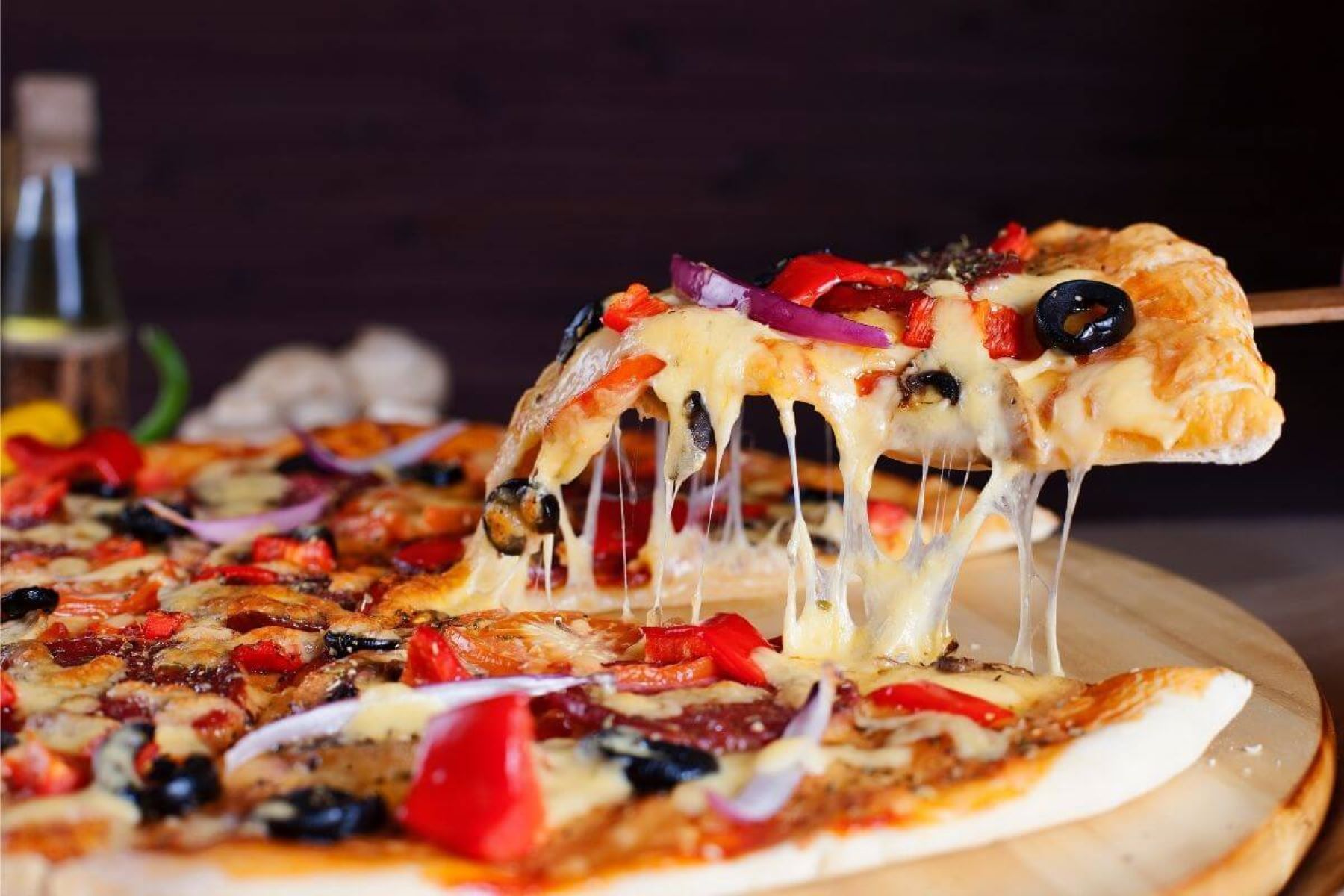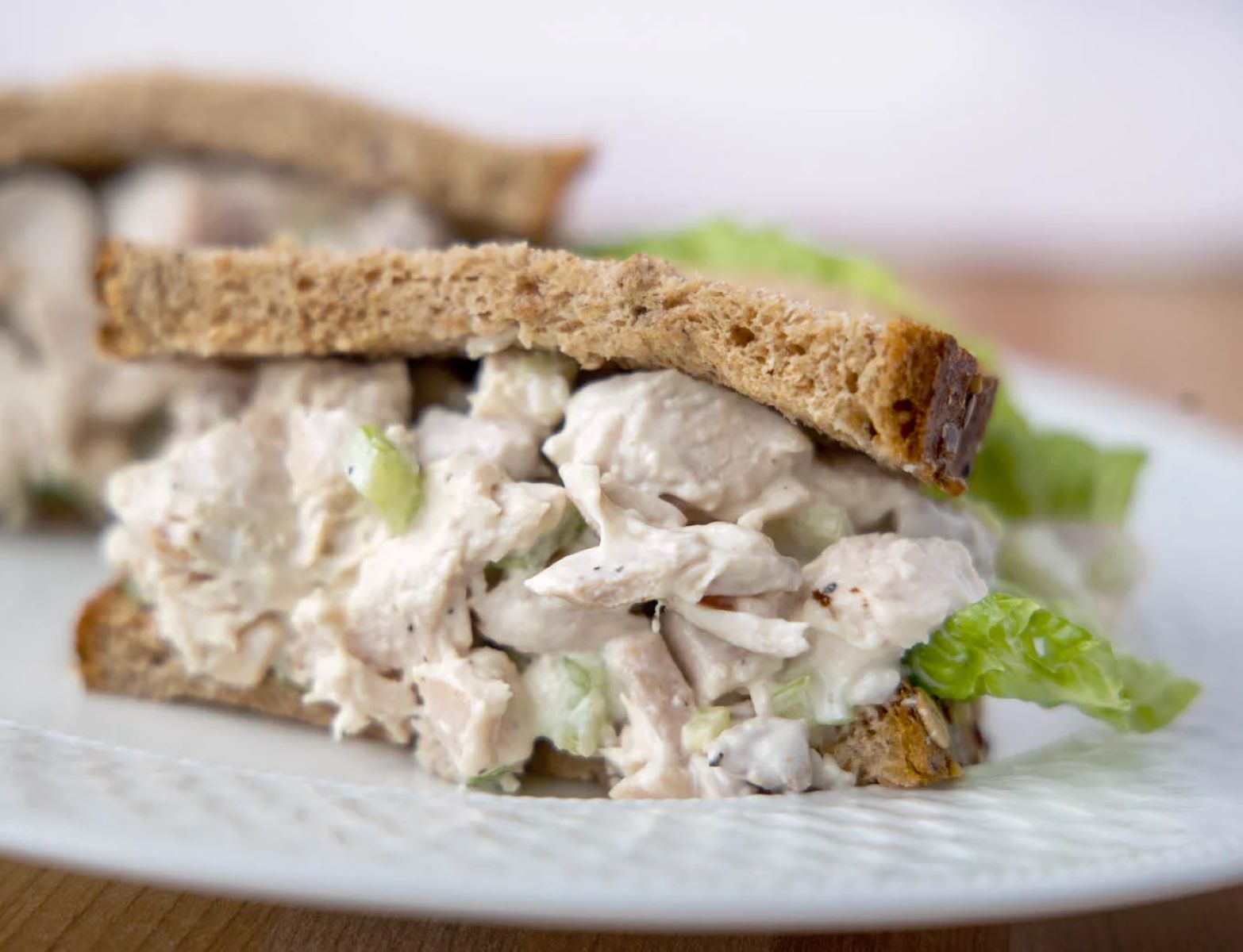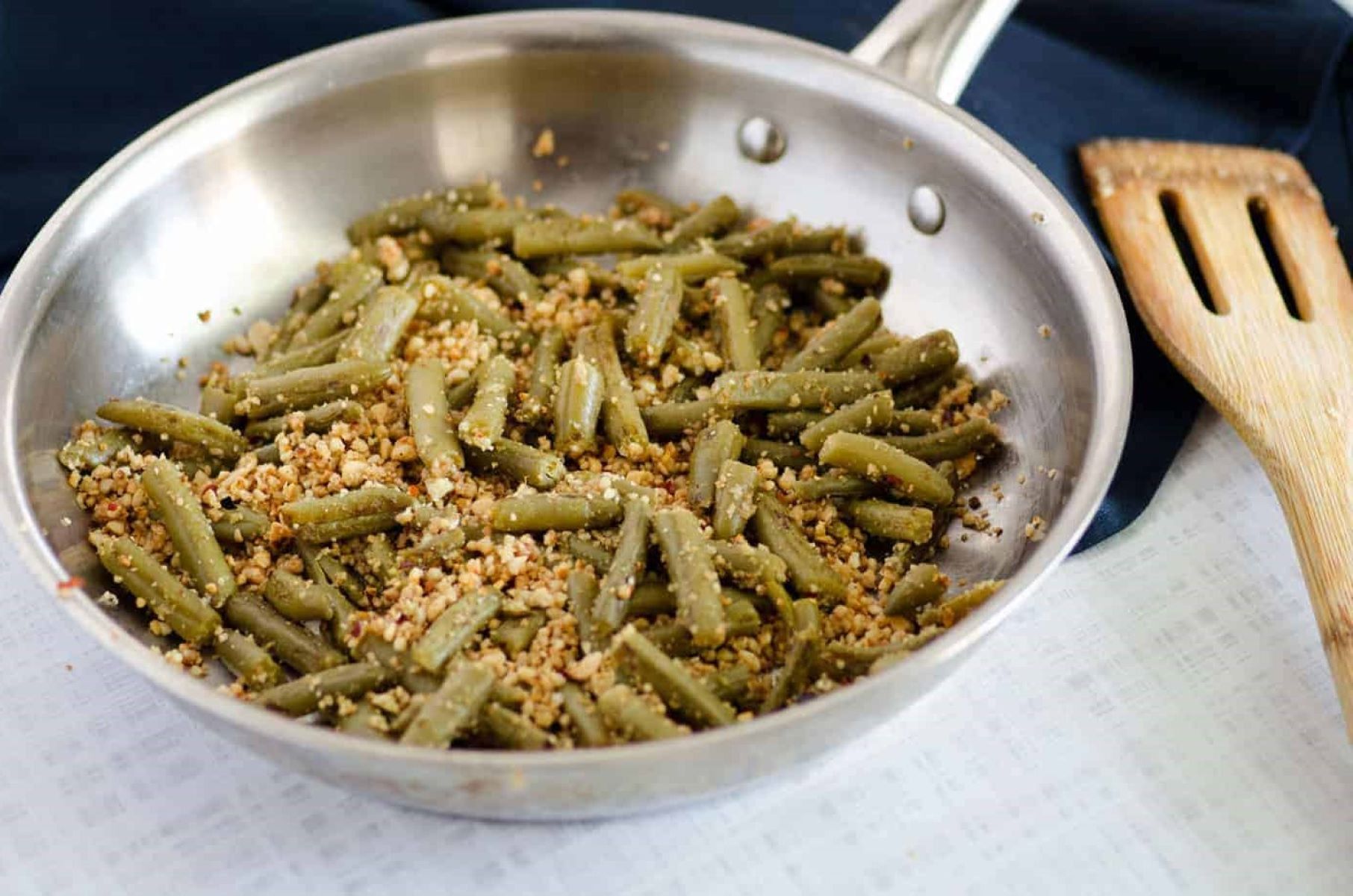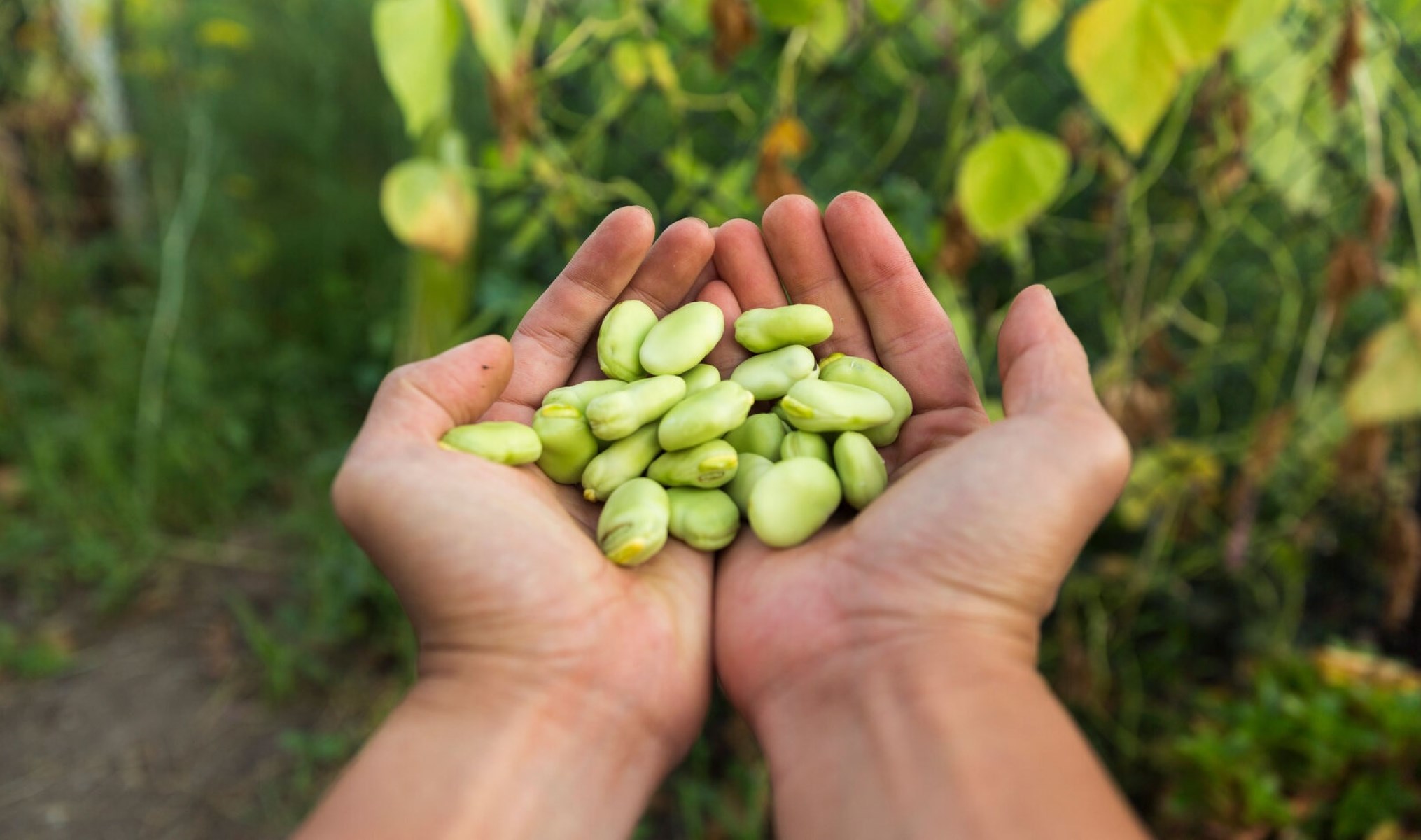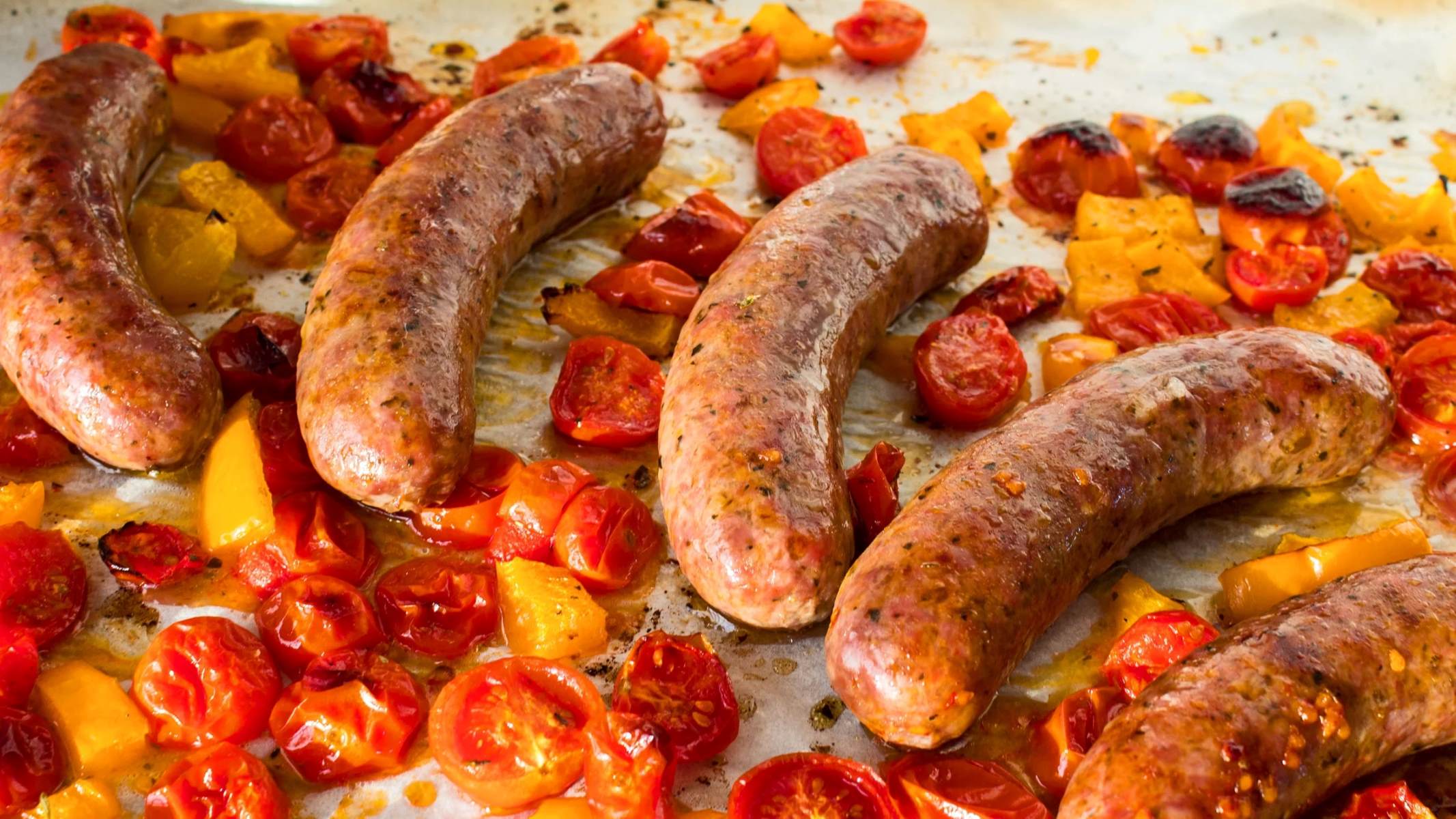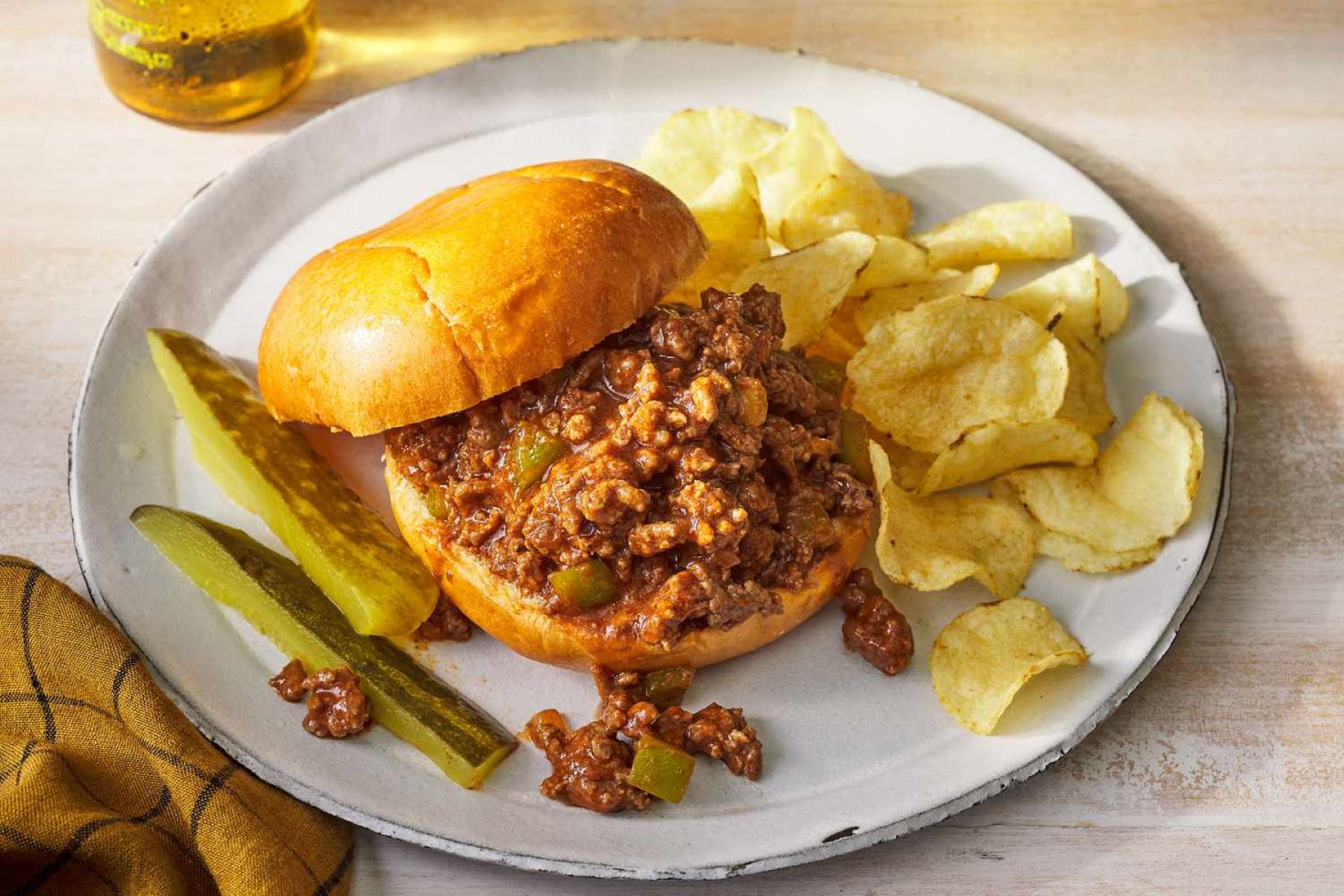Home>Food and Cooking>The Secret Ingredient That Makes Baking Recipes Irresistibly Delicious!
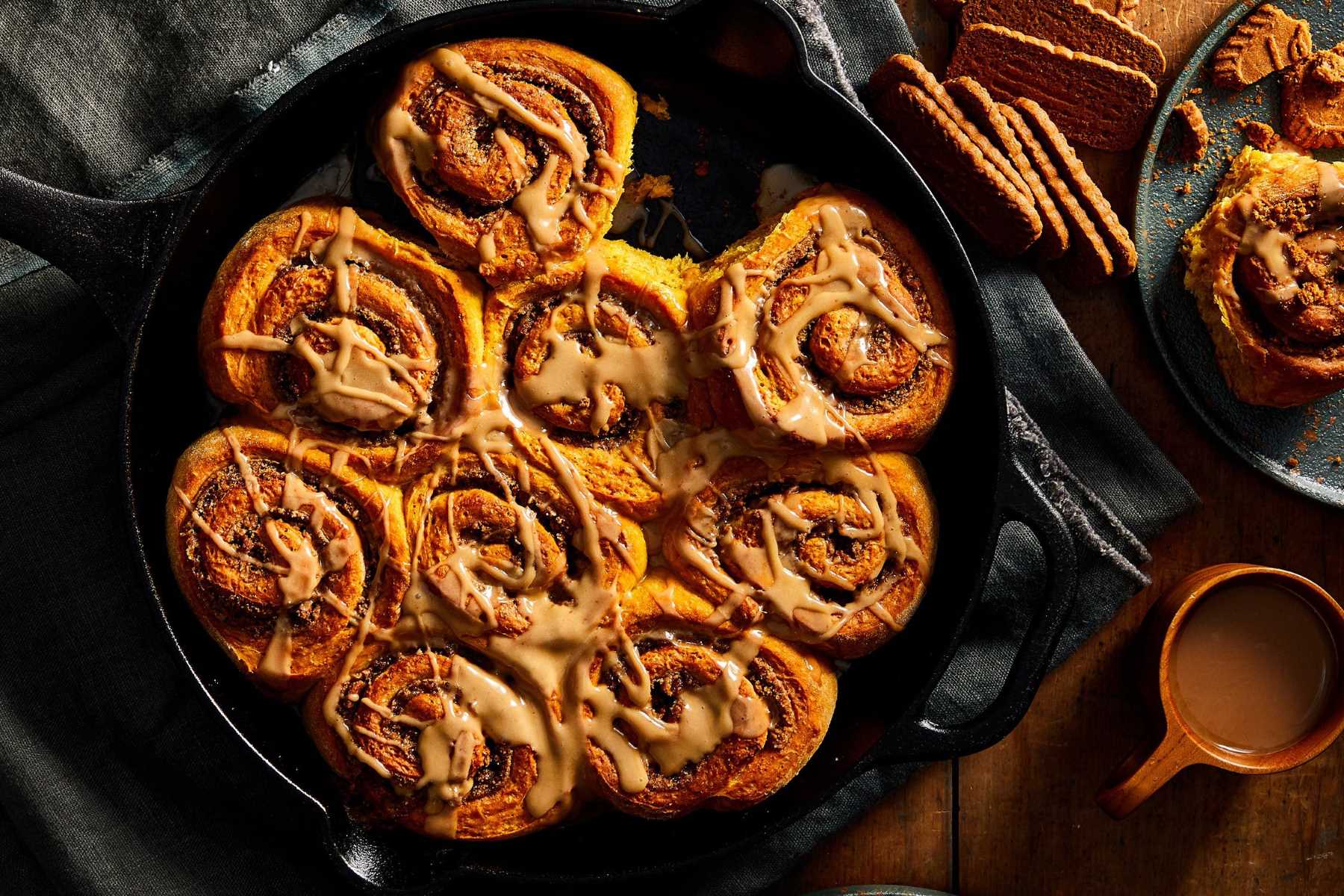

Food and Cooking
The Secret Ingredient That Makes Baking Recipes Irresistibly Delicious!
Published: January 24, 2024
Discover the secret ingredient that elevates baking recipes to irresistible levels! Explore expert tips and techniques for food and cooking enthusiasts.
(Many of the links in this article redirect to a specific reviewed product. Your purchase of these products through affiliate links helps to generate commission for Regretless.com, at no extra cost. Learn more)
Table of Contents
Introduction
Picture this: the aroma of freshly baked goods wafting through the air, the anticipation of sinking your teeth into a delectable treat, and the satisfaction of savoring a perfectly moist and flavorful dessert. What if I told you that there's a secret ingredient that can elevate your baking recipes to new heights of deliciousness? This magical element has been cherished by bakers for centuries, yet its true potential often remains underestimated.
In the world of baking, where precision and creativity intertwine, a single ingredient has the power to transform ordinary recipes into extraordinary delights. It's not a rare spice or an exotic fruit; rather, it's a humble yet indispensable component that holds the key to achieving moist, tender, and irresistibly delicious baked goods.
As we embark on this culinary journey, we'll unravel the mystery behind this secret ingredient, exploring its unique properties and the science that makes it a game-changer in the realm of baking. Whether you're a seasoned baker or a novice enthusiast, understanding and harnessing the potential of this ingredient will revolutionize your culinary creations and leave your friends and family clamoring for more.
So, fasten your apron strings and prepare to embark on a tantalizing adventure into the heart of baking mastery. Join me as we uncover the secret ingredient that will take your baking prowess to the next level, ensuring that every bite of your homemade confections leaves a lasting impression and a lingering craving for more.
Understanding the Secret Ingredient
At the core of countless beloved baking recipes lies a seemingly ordinary ingredient that wields extraordinary power: none other than the versatile and transformative marvel known as buttermilk. This dairy-derived liquid, with its slightly tangy flavor and remarkable acidity, serves as the unsung hero in the realm of baking. But what sets buttermilk apart from its counterparts, and why does it hold such a revered status among seasoned bakers and culinary aficionados?
Buttermilk, contrary to its name, is not a component of traditional dairy butter. Rather, it is the residual liquid that remains after churning butter from cultured cream. This process yields a distinctive liquid with a slightly thickened consistency and a characteristic tang, owing to its cultured nature. While its name may suggest a high fat content, buttermilk is typically available in low-fat and non-fat varieties, making it a versatile and adaptable ingredient suitable for a wide range of dietary preferences.
The magic of buttermilk lies in its acidity, which plays a pivotal role in numerous aspects of baking. This acidity, often attributed to lactic acid produced during the culturing process, serves as a natural tenderizer, working wonders in breaking down gluten strands and contributing to a softer, more tender crumb in baked goods. Additionally, the acid in buttermilk reacts with leavening agents such as baking soda, generating carbon dioxide gas that facilitates the leavening process, resulting in light, airy textures in cakes, muffins, and pancakes.
Furthermore, buttermilk's unique acidity contributes to the preservation of moisture in baked goods, ensuring that they remain moist and luscious for an extended period. This moisture retention property, coupled with its tenderizing effect on gluten, culminates in delectably moist and tender cakes, biscuits, and scones that are bound to captivate the palates of all who indulge in them.
Beyond its functional attributes, buttermilk imparts a subtle yet distinctive flavor profile to baked treats, enhancing their complexity and depth. Its gentle tanginess adds a delightful dimension to recipes, harmonizing with other ingredients to create a symphony of flavors that tantalize the taste buds. Whether incorporated into a classic red velvet cake, a batch of fluffy buttermilk pancakes, or a tender, golden-brown batch of fried chicken, buttermilk elevates the sensory experience of baked and fried delicacies, leaving a lasting impression on all who partake in their indulgence.
The Science Behind the Secret Ingredient
The science behind buttermilk's remarkable impact on baking transcends its role as a mere liquid component. At the heart of its transformative prowess lies its inherent acidity, a characteristic that distinguishes it as a pivotal player in the alchemy of baking chemistry.
The acidity of buttermilk, attributed to the presence of lactic acid resulting from the fermentation process, serves as a multifaceted catalyst in the realm of baking. When combined with baking soda, a leavening agent commonly used in recipes, the acid in buttermilk triggers a chemical reaction that produces carbon dioxide gas. This gas, in turn, creates air pockets within the batter or dough, resulting in a light, airy texture in the final baked product. This leavening action is essential in achieving the desired rise and structure in cakes, quick breads, and other leavened treats.
Moreover, buttermilk's acidity acts as a natural tenderizer, a quality that sets it apart from other dairy liquids. The acid in buttermilk effectively weakens the gluten in flour, inhibiting the formation of tough, dense structures in baked goods. This tenderizing effect contributes to the creation of moist, tender crumb textures in cakes, muffins, and biscuits, ensuring a delightful eating experience with every bite.
In addition to its leavening and tenderizing properties, buttermilk's acidity also plays a crucial role in moisture retention. The acid interacts with the proteins in flour, effectively binding water molecules and preventing them from evaporating during the baking process. This moisture-preserving action results in baked goods that maintain their freshness and succulence for an extended period, enhancing their shelf life and overall quality.
Beyond its functional attributes, the acidity of buttermilk contributes to the nuanced flavor profile of baked treats. Its subtle tanginess harmonizes with sweet and savory elements, adding depth and complexity to the taste experience. This flavor enhancement elevates classics such as pancakes, waffles, and biscuits, infusing them with a delightful hint of tang that enhances their overall appeal.
In essence, the science behind buttermilk's impact on baking is a testament to the intricate interplay of acidity, chemistry, and culinary artistry. Its multifaceted contributions to texture, moisture retention, and flavor underscore its indispensable role as the secret ingredient that elevates baking recipes to unparalleled levels of deliciousness.
Incorporating the Secret Ingredient into Your Baking
Incorporating buttermilk into your baking endeavors is a transformative step that can elevate your culinary creations to unprecedented levels of moistness, tenderness, and flavor complexity. Whether you're crafting a classic cake, tender biscuits, or golden-brown fried delicacies, the inclusion of buttermilk holds the potential to redefine the sensory experience of your baked goods.
Embracing Versatility
One of the most compelling aspects of buttermilk is its remarkable versatility. From sweet to savory applications, this secret ingredient seamlessly integrates into an array of recipes, enriching them with its distinctive tang and moisture-enhancing properties. When preparing a batch of tender buttermilk pancakes or waffles, simply substitute a portion of the liquid in the recipe with buttermilk to impart a delightful tang and a moist, fluffy texture to the finished breakfast delights. In the realm of savory baking, buttermilk serves as a key component in creating irresistibly tender and flavorful fried chicken. By immersing the chicken pieces in a buttermilk bath before coating them in seasoned flour, you'll unlock the secret to achieving crispy, golden-brown exteriors and succulent, juicy interiors.
Enhancing Texture and Moisture
In the realm of cake baking, buttermilk emerges as a game-changer, imbuing your creations with a moist, tender crumb that captivates the senses. When incorporating buttermilk into cake batters, its acidity interacts with leavening agents and flour, resulting in a delicate, velvety texture and a moistness that lingers with each indulgent bite. Additionally, the tenderizing effect of buttermilk on gluten ensures that your cakes maintain a soft, tender consistency, setting them apart as irresistible confections that leave a lasting impression.
Harnessing Flavor Complexity
Beyond its functional attributes, buttermilk contributes to the nuanced flavor profile of baked treats. Its gentle tanginess harmonizes with sweet and savory elements, adding depth and complexity to the taste experience. When preparing classic red velvet cake, the inclusion of buttermilk imparts a subtle tang that complements the cocoa, resulting in a harmonious blend of flavors that tantalize the palate. In the realm of savory baking, buttermilk infuses fried delicacies with a delightful hint of tang, enhancing their overall appeal and creating a symphony of flavors that leaves a lasting impression.
Incorporating buttermilk into your baking repertoire is a testament to the artistry of culinary innovation. By embracing its versatility, enhancing texture and moisture, and harnessing flavor complexity, you'll unlock the secret to creating baked goods that transcend the ordinary, leaving a lasting impression and a lingering craving for more.
Tips for Using the Secret Ingredient
-
Substitution Savvy: If you find yourself lacking buttermilk in your pantry, fear not! You can easily create a homemade version by combining regular milk with a splash of acidic component, such as lemon juice or white vinegar. For every cup of buttermilk required, simply stir one tablespoon of lemon juice or vinegar into a cup of milk and let it sit for a few minutes. The resulting mixture will curdle slightly, mimicking the tangy essence of buttermilk and serving as a suitable substitute in your recipes.
-
Mindful Measurement: When incorporating buttermilk into your recipes, it's essential to pay attention to its acidic nature and adjust the leavening agents accordingly. If a recipe calls for buttermilk as a primary liquid component, consider reducing the amount of baking soda to account for the acidity of the buttermilk. Conversely, if a recipe relies solely on buttermilk for its acidic kick, ensure that the leavening agents, such as baking soda or baking powder, are present in sufficient quantities to facilitate the desired rise and texture in the final product.
-
Balancing Act: In recipes that require the inclusion of buttermilk alongside other liquid ingredients, such as eggs or oil, it's crucial to strike a harmonious balance to achieve the desired texture and flavor. When combining buttermilk with eggs, ensure that they are at room temperature to promote even distribution and optimal incorporation. Additionally, when incorporating melted butter or oil, consider the temperature of the buttermilk to prevent undesirable solidification or texture alterations in the batter.
-
Flavor Fusion: Embrace the flavor-enhancing potential of buttermilk by experimenting with complementary ingredients to create a symphony of tastes. For sweet treats, consider infusing the buttermilk batter with a hint of vanilla extract or a sprinkle of citrus zest to amplify its aromatic allure. In savory applications, explore the addition of herbs, spices, or a touch of honey to accentuate the savory depth of the buttermilk, elevating the overall flavor profile of your culinary creations.
-
Rest and Relaxation: When utilizing buttermilk in baking, allow the batter or dough to rest for a brief period before proceeding with the baking process. This resting period enables the acidic properties of the buttermilk to interact with the other ingredients, fostering the development of desirable textures and flavors. Whether preparing a cake batter, pancake mix, or biscuit dough, a brief interlude for the buttermilk-infused mixture can yield remarkable results in the final baked goods.
-
Storage Strategy: To prolong the shelf life of buttermilk and ensure its availability for future culinary endeavors, consider freezing leftover buttermilk in measured portions for convenient use. Simply pour the remaining buttermilk into ice cube trays and freeze it until solid. Once frozen, transfer the buttermilk cubes to a resealable bag, clearly labeling the measurement of each cube. This method allows for easy retrieval of the precise amount of buttermilk needed for future recipes, eliminating waste and ensuring a readily accessible supply of this secret ingredient.
By incorporating these tips into your baking repertoire, you'll harness the full potential of buttermilk, unlocking its transformative power and elevating your culinary creations to unparalleled levels of moistness, tenderness, and flavor complexity.
Conclusion
In the realm of baking, the unassuming yet extraordinary ingredient known as buttermilk stands as a silent sentinel, ready to transform ordinary recipes into extraordinary culinary delights. As we conclude our exploration of this secret ingredient, it becomes evident that buttermilk's multifaceted attributes extend far beyond its role as a mere liquid component. Its inherent acidity, tenderizing prowess, and flavor-enhancing qualities converge to redefine the sensory experience of baked goods, leaving an indelible mark on the palates of all who partake in their indulgence.
From the science behind its transformative impact to the artistry of incorporating it into diverse recipes, buttermilk emerges as a culinary luminary, enriching the world of baking with its versatile and enchanting presence. Its acidity, stemming from the fermentation process, serves as a catalyst for leavening, tenderizing gluten, and preserving moisture, culminating in an array of delectably moist, tender, and flavorful creations that captivate the senses.
As we bid adieu to this enchanting journey through the realm of buttermilk-infused baking, it becomes clear that this secret ingredient holds the key to unlocking a world of culinary possibilities. Whether adorning a classic red velvet cake with its subtle tang, imbuing tender biscuits with a velvety texture, or enhancing the succulence of fried delicacies, buttermilk leaves an indelible mark on every creation it touches. Its versatility transcends sweet and savory boundaries, offering a harmonious marriage of tanginess and tenderness that elevates the sensory allure of every baked and fried delight.
In the tapestry of culinary innovation, buttermilk emerges as a thread that binds tradition with ingenuity, offering a timeless yet endlessly adaptable essence that enriches the art of baking. Its presence in the kitchen signifies not only a commitment to moisture-rich, tender confections but also an unwavering dedication to flavor complexity and sensory indulgence.
As we part ways with the secret ingredient that has captured our culinary imagination, let us carry forward the wisdom and creativity garnered from this exploration. May the spirit of buttermilk infuse our future baking endeavors with a touch of magic, elevating our creations to unparalleled levels of deliciousness and leaving an enduring legacy of culinary excellence.
